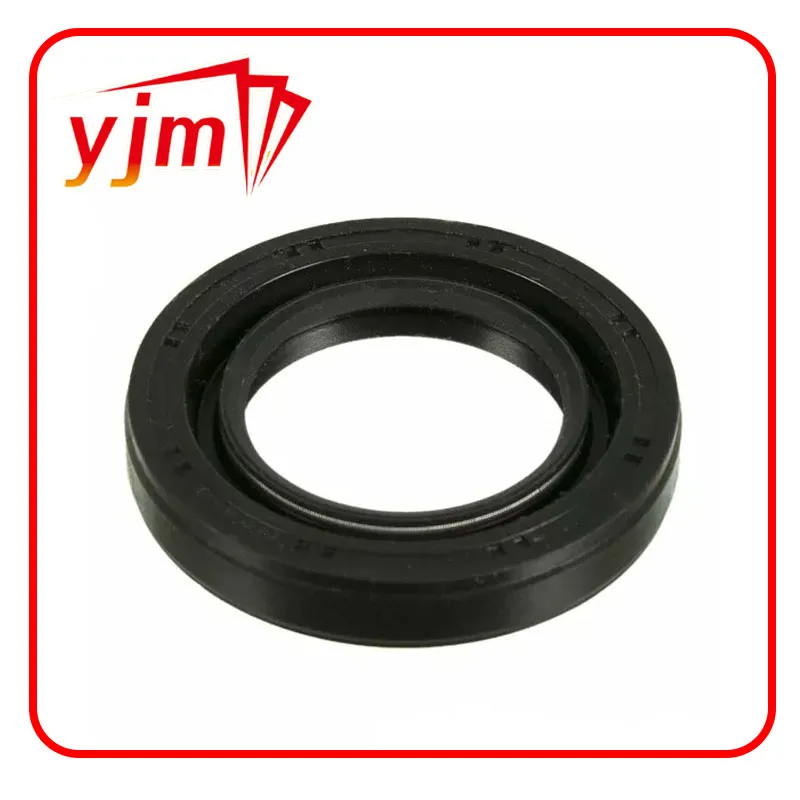ship propeller shaft bearing
Understanding Ship Propeller Shaft Bearings
Ship propeller shaft bearings are critical components of maritime engineering that play a vital role in the overall functionality and efficiency of a vessel. These bearings support the propeller shaft, allowing it to rotate smoothly and effectively transfer power from the ship’s engine to the propeller. The design, selection, and maintenance of propeller shaft bearings are crucial for the performance and longevity of a ship's propulsion system.
Types of Bearings
There are several types of bearings used in ship propulsion systems, including plain bearings, roller bearings, and thrust bearings. Each type serves specific purposes and has its advantages and disadvantages.
1. Plain Bearings Often made from materials such as bronze or composite materials, plain bearings rely on a thin film of lubricant to reduce friction. They are favored for their simplicity and reliability in high-load conditions but require regular maintenance to ensure optimal performance.
2. Roller Bearings These bearings use rolling elements to reduce friction. They are often used in applications where there are axial and radial loads. While they can handle higher speeds and loads, their complexity and maintenance requirements can be higher than those of plain bearings.
3. Thrust Bearings Specifically designed to handle axial loads, thrust bearings are essential in propeller shaft systems. They prevent the shaft from moving in the axial direction, thereby maintaining proper alignment and reducing wear on other components.
Materials and Design Considerations
The choice of materials for propeller shaft bearings is influenced by several factors, including the operating environment, load capacity, and desired lifespan. Common materials include bronze, stainless steel, and advanced polymer composites.
ship propeller shaft bearing

The design of these bearings must account for the dynamic loads that occur during operation, as well as the corrosive nature of seawater. Bearings are often designed with special seals to prevent the ingress of water and other contaminants, which can lead to premature failure.
Maintenance and Inspection
Regular maintenance and inspection of propeller shaft bearings are essential to ensure their performance and longevity. Key maintenance tasks include
1. Lubrication Bearings must be adequately lubricated to minimize friction and wear. The choice of lubricant is crucial, as it must withstand high pressures and temperatures while resisting degradation in a marine environment.
2. Alignment Checks Proper alignment of the propeller shaft is necessary to prevent excessive wear on the bearings. Misalignment can lead to increased loads and potential failure.
3. Condition Monitoring Advanced technologies, such as vibration analysis and ultrasound testing, can be employed to monitor the condition of the bearings. Early detection of abnormalities can prevent costly failures and unplanned downtime.
Conclusion
In summary, ship propeller shaft bearings are integral components that significantly affect a vessel's operational efficiency and reliability. Understanding their types, materials, and maintenance practices is essential for marine engineers and ship operators. With proper attention and care, these bearings can ensure optimal performance, safety, and longevity of a ship's propulsion system, ultimately contributing to the effective operation of maritime logistics and trade. As the maritime industry evolves, ongoing advancements in bearing technology will continue to enhance the efficiency and sustainability of ship propulsion systems.
-
Understanding Automotive Oil Seals: Essential Components for Engine and Shaft Protection
News Jul.30,2025
-
The Importance of Heavy Duty Seals in Industrial and Residential Applications
News Jul.30,2025
-
Exploring Industrial Oil Seals: From Felt Oil Seals to TTO and CFW Solutions
News Jul.30,2025
-
Essential Guide to Oil Seals: From Radial to Metal-Cased Seals for Industrial Reliability
News Jul.30,2025
-
Choosing the Right Oil Seals and Gaskets for Industrial and Automotive Applications
News Jul.30,2025
-
Cassette Seals: Durable Sealing Solutions for Harsh Environments
News Jul.30,2025
-
Understanding the Front Main Engine Seal: Purpose, Maintenance, and Installation
News Jul.29,2025
Products categories















